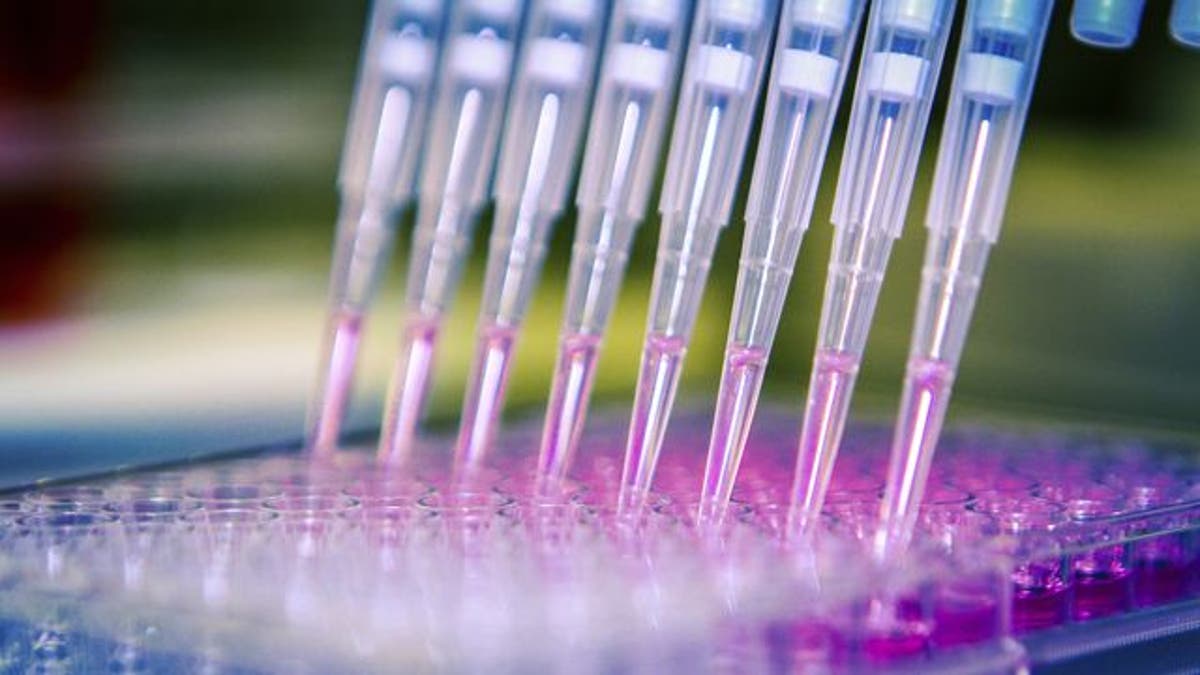
Radiographer Paul Martin was wrongly diagnosed with type 2 diabetes in April 2013. After months of taking two medications that failed to improve his condition, Martin visited a consultant who subsequently diagnosed him correctly with type 1.
"They put me on tablets - metformin and glycoside - and then I was able to just continue taking those for months until I saw a consultant who then said that my diabetes had got worse. So I was actually diagnosed as type 1 then and introduced to insulin," he explained.
Martin is one of a number of patients diagnosed with the wrong type of diabetes, which differ markedly in causation and treatment. Type 1 diabetes, which accounts for less than ten percent of patients, occurs when the body's immune system destroys the cells that release insulin. Without insulin, patients' bodies cannot absorb sugar. Most type 1 diabetics are diagnosed young.
Type 2 diabetes is often linked with obesity and can be developed at any age. In those cases patients' bodies are unable to use insulin correctly and can suffer damage to their pancreas, although the condition can sometimes be managed through improved diet and weight loss.
Correctly diagnosing which type a patient has is crucial, and in a small minority of cases the wrong diagnosis can be fatal. But in an age of growing obesity in the western world, diagnosis is becoming increasingly difficult for doctors.
According to diabetes expert Dr Richard Oram, from the University of Exeter Medical School, clinical diagnosis is currently based almost entirely on age at diagnosis and whether a patient is obese.
So Oram has come up with a new, relatively inexpensive, genetic test for the disease, which he thinks will help doctors.
"This is a genetic test which essentially means that it measures genetic risk factors for type 1 diabetes and it measures very simply and cheaply in a way that's easy to do, and it means that when a patient presents with diabetes we could measure that genetic risk and if the genetic risk is higher for type 1 diabetes it means they're very likely to have autoimmune type-1 diabetes, and if the genetic risk is low for type 1 diabetes then they're much more likely to have type 2 diabetes, the kind of diabetes associated with obesity," he told Reuters.
Oram's team devised a test which measures 30 genetic variants in DNA and combines all the risks associated with them in a single score, acting as a summary of genetic risk for type 1 diabetes. If a person's score is high they are likely to have type 1 diabetes. If the score is low they may have type 2. A further commonly used test which measures anti-bodies would then be undertaken to complete individual diagnosis.
Oram says early diagnosis is crucial. "If you get this wrong, if you label someone who actually has type 2 diabetes as type 1 they'll be left on insulin for the rest of their life when they don't need it. Even worse, if someone with type 1 diabetes is mislabelled as having type 2 diabetes then they may not be treated with the insulin they need and they may suffer life threatening complications," he said.
A National Institute for Health Research Clinical Lecturer and specialist in Diabetes and Nephrology, Oram says his test will also benefit patients' understanding and attitude towards their condition.
In the short term the University of Exeter Medical School, a leading centre in genome-wide association studies, could test genetic samples sent by patients from hospitals across the UK. Oram's team is also working to develop a bench-side test that any clinical laboratory could run cheaply and quickly.
"If someone could have a blood sample taken it would be sent to our lab here and have the genetic risk score tested," Oram said. "What we think is better for people with diabetes both in the UK and around the rest of the world is if their local hospital could do this test on a bench-side machine."
The research was supported by the UK's National Institute for Health Research (NIHR) and the Wellcome Trust, an independent, global charitable foundation dedicated to improving health. It's also been backed by research charity Diabetes UK.
The latter's regional manager Claire Gordon called the research "excellent." She added: "They're looking at making it a very cheap process, so people can literally have a phone app that will help them determine whether it's type 1 or type 2, and it will be cheap enough that you can do it universally, so one of the problems with lots of research is that things cost a lot of money. This is really great because it identifies what the risk of type 1 and type 2 are and means you're much more likely to get the right diagnosis quickly."
Paul Martin agrees, and says his health has improved markedly since his correct diagnosis two years ago. "Basically my blood sugars have come right down. I don't seem to be as tired as I used to be," he said.
Oram's team published its research in peer-reviewed journal Diabetes Care last November.